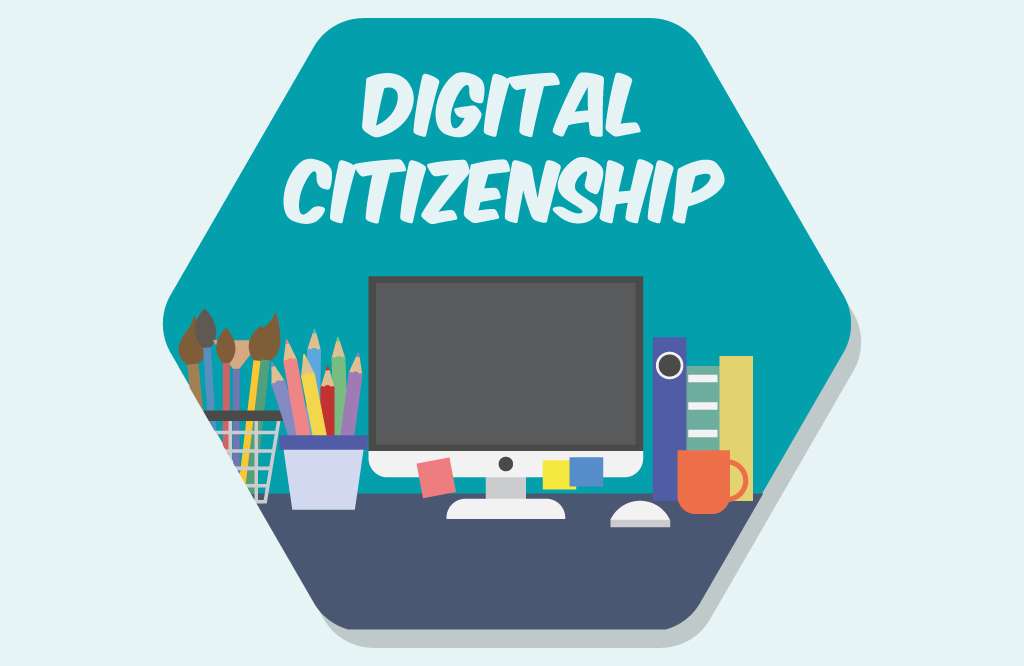DIGITAL CITIZENSHIP

Based on the readings and the Webinar on Digital Citizenship by Dr. Marty Park, these are the steps that we, educators have to take in order to help shape today's students into the digital citizens our world needs.
Level 1: Identify the leaders that we work within our educational institutions ( library leaders, teachers, schools tech leaders, etc..
Level 2 : Exposure of plans. Encourage teachers to use more technology into the classrooms, (Ie: videos and creating online lesson plans)
Level 3: Check that the students have the skills. ( basic level of understanding or application of skills.)
Level 4: Work on a Digital citizenship plan to ensure the students fluency and competency. Encourage the student to demonstrate that by doing and living as a digital citizen through the creation of materials.
I had the chance to ask a question during the webinar to Dr. Marty Park.
My question was: How can we bring Digital citizenship to developing countries and international classrooms where technology isn't always present?
Dr. Park's response was the following:
Whatever technologies we have access to, there are ways to learn the key concepts and competencies of Digital Citizenship.
The core of Digital Citizenship is how to be a responsible, respectful and empowered person. He said that our real life and online life were merging at a rapid pace and we're trying to figure out how to do that really well. He insisted on sharing the common definition of what it means to be a Digital Citizen with people as well as hack the definition of Digital citizenship and making it our own. He said ''Put a definition that would bring leaders together and share the systems around''.
He also said that we need to use whatever technology we have access to, that might not be AR or VR but might be the technology that we use in that country and learn through doing, living and being connected

Comments
Post a Comment